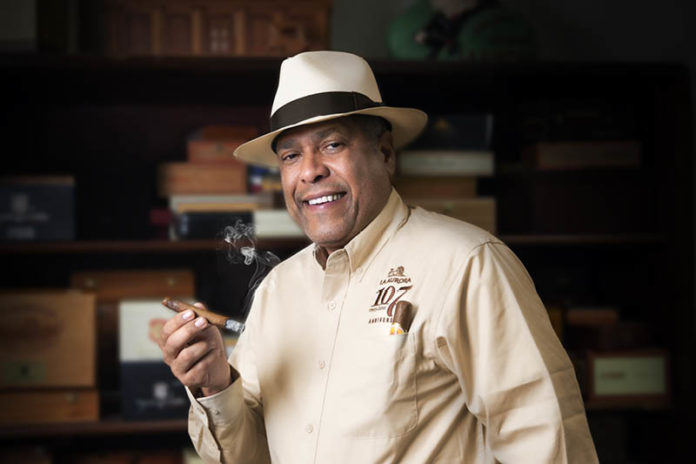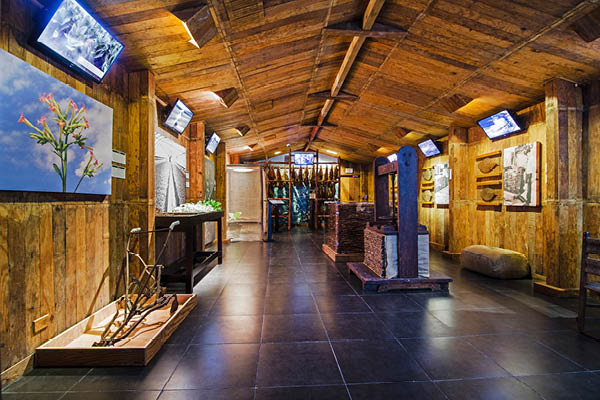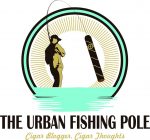Cigar news: From their magazine
Keep smoking
Blending with a Passion
How does one of the cigar industry’s leading blenders create a winning cigar blend? La Aurora’s Manuel Inoa reveals his blending process and why the secret to a great cigar is all in the details.
By
–
June 8, 2022
293

Master blenders are not born; they are made. That’s what Manuel Inoa says of the title that most people in the cigar industry refer to him as. As La Aurora’s master blender, Inoa is the man in charge of coming up with the blends that keep the Dominican Republic’s oldest cigar factory relevant and at the top of mind for cigar smokers across the world.
The title “master blender,” however, is something earned, not awarded. It comes from years of working in the cigar business and is validated by years spent studying all areas of tobacco, from how it’s grown from seeds to how it’s harvested and combined to create a final blend. Being a master blender, Inoa explains, requires an open mind and willingness to always learn something new and explore all areas of the tobacco business.
Inoa was not born into the tobacco industry. His occupational background is actually that of an industrial engineer. Many years ago, Inoa had a friend that worked at General Cigar, where Inoa got an internship. At General Cigar Dominicana, Inoa was in charge of improving the company’s production processes and reducing its costs. Once his internship was complete, Inoa continued to work at General Cigar on a part-time basis while he finished his schooling.
As time went on, Inoa worked in different areas of General Cigar’s factory. He began working more with the actual tobacco, specifically with the factory’s rollers and those who were responsible for overseeing the curating and aging processes. It was during this time that Inoa was offered the opportunity to learn how to blend cigars, which deepened his appreciation for the world of tobacco.
In the 1990s, Inoa was ready for a change and received an offer to work with La Aurora. Now that he had experience with blending cigars, he was immediately named as the company’s new master blender and worked closely with the company’s then-president, Fernando León. His task sounded far more simple than it really was: He would be responsible for crafting blends that needed to use tobacco from perfect harvests, and he had to make as few mistakes as possible while doing so.
Working at General Cigar and later La Aurora gave Inoa two of the best mentors he could ask for: Benji Menéndez and Fernando León. “I’m grateful to them because they taught me a lot about the tobacco world,” says Inoa. “Being close to them made me aware of the importance of high quality in products. They were very passionate in that area and oriented to what the consumers were looking for.”

Today, Inoa relies on all of his experiences in the cigar industry and the lessons from his two mentors to continue to make exceptional cigars. He’s involved in the development of every blend that comes out of La Aurora. This involves finding and working with only the best-quality tobacco possible. Among his biggest challenges are maintaining consistency and developing alternatives that add to La Aurora’s long legacy of being one of the top premium cigar makers in the Dominican Republic. He describes his typical day as being really intense. There’s always something in development and a need for the company to work toward the future. When he’s not working on a new blend, Inoa is searching for ways to improve the production process behind La Aurora’s current blends.
Inoa reveals how he approaches cigar blending and why every cigar La Aurora puts into the market is the product of a complex process. He also discusses why cigar blending is almost always a collaboration, involving many different skill sets and professionals that each have an important role to play in creating a cigar that encapsulates the passion and dedication of and love for tobacco held by many in the Dominican Republic.
Mastering the Process
Creating a good cigar begins with the best tobacco to use in the blend. What exactly does this mean? Inoa defines it as being tobacco leaf with good qualities that comes from an accurate region of harvest. At La Aurora, the cigar blending process begins with a companywide focus on properly harvesting tobacco. Once that is done, Inoa and others on his team set out to discover the properties of the tobacco leaves and soil that the tobacco was harvested from. This is done in order to identify the aroma and desired notes that can be derived from the tobaccos used in the blend. Understanding the body of the cigar that’s being made is important, as well as how the different tobaccos selected for the cigar will interact with one another when combined into a final blend.
“Something else really important is the mix of compounds from different leaves. That is key for making a good cigar,” he explains. “You just can’t make a blend as a random experiment. It has to translate the experiences that we enjoy from our connection to nature. I draw my inspiration from nature and good-quality harvests.”
There are two different directions that can be taken when it comes to blending, Inoa explains. One way is directed toward what the market is looking for. This could mean developing a blend for strength or for its flavor profile. Either way, this helps Inoa and his team figure out what wrapper leaf is needed. This is all about trial and error and typically involves experimenting with different varieties of tobacco until the right combination is settled on.
“We are a very open company with many global relations,” he explains. “Wherever tobacco comes from, we reach out and get it. That’s why in our blends there are tobaccos from Cameroon, Brazil, Nicaragua, Honduras, Ecuador, North America and, of course, the Dominican Republic. With that variety of tobacco, we start working on a blend aimed at the market.”
There’s also another way of blending cigars, and this method is what Inoa refers to as his personal process. Inoa sometimes develops blends for himself in an effort to expand his knowledge and to gain experience with working with new kinds of tobacco that have been grown. While he confesses that he loves to work with Corojo tobacco because of its aromatic, textural and organoleptic properties, he’s well aware that there’s a lot more tobacco in the world that he needs to be familiar with and consider for future blends. These new varietals include La Habana ’98 in addition to new harvests of Corojo and San Andrés. He experiments with different tobaccos and stores and documents them all until the company asks him to share what he’s been working on. Some of these experimental blends are further explored, worked on, improved and adapted to fit what consumers are in search of. The end goal with these experiments is simple: Inoa is looking for new ways to help cigar smokers experience the best Dominican-made cigars.
“The constant search of new experiences and harmonizing blends make me get a thrilling sensation,” he says. “I’m always looking forward to showcase a country brand product, uplifting the best qualities and richness of our land.”
12
